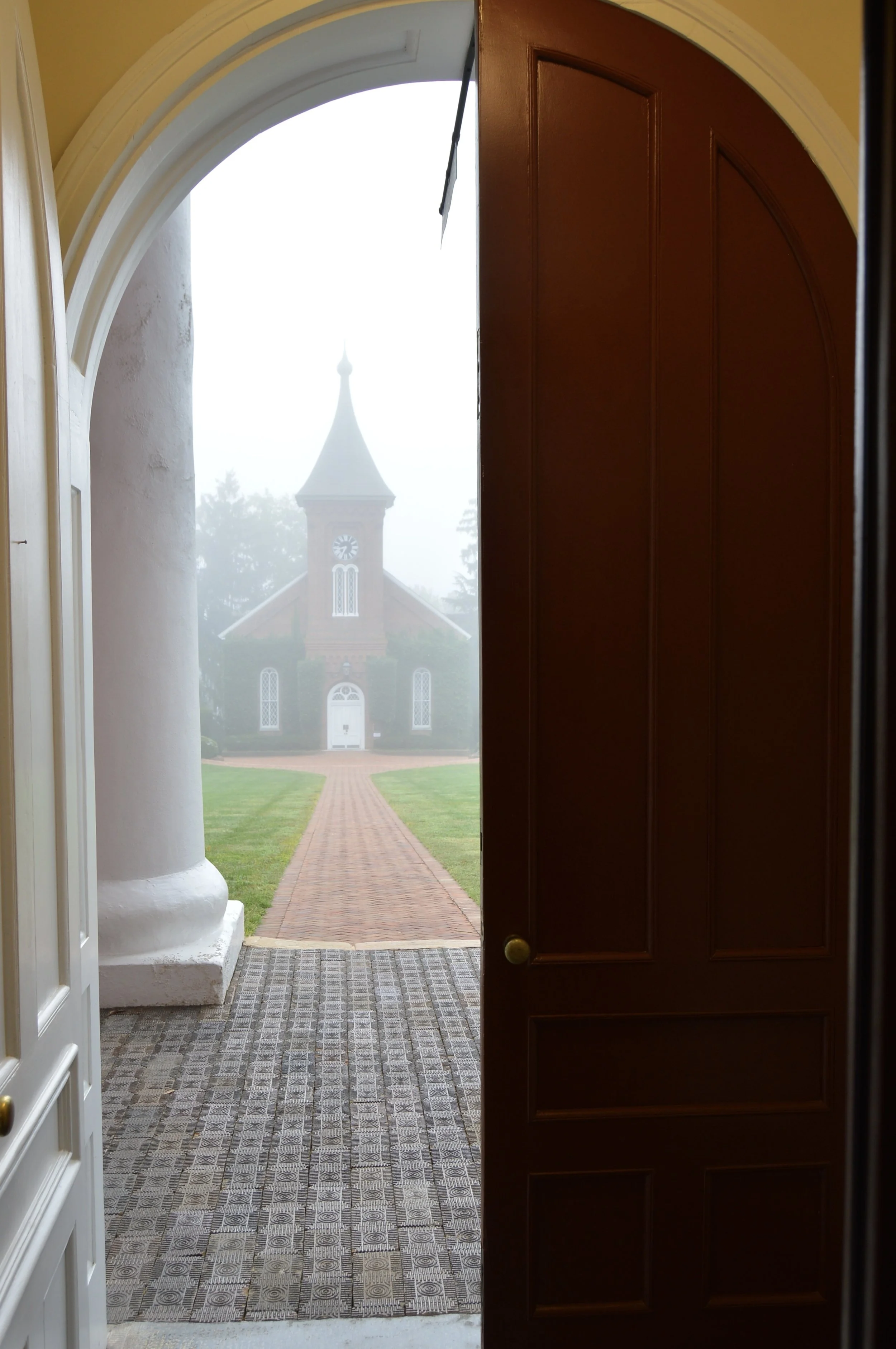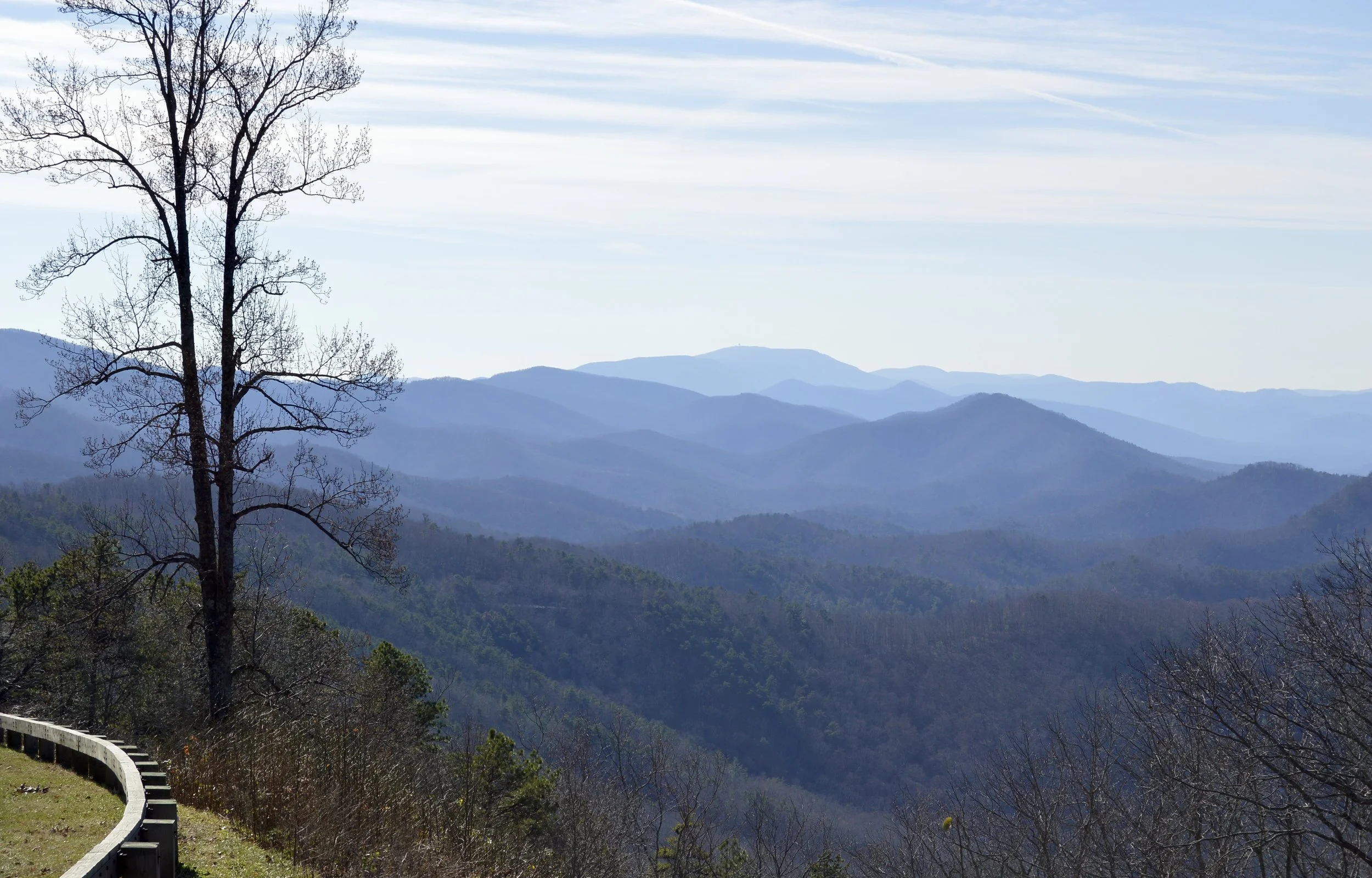If I possess one superpower it is not worrying about what other people think of me. I learned a long time ago that people are typically thinking of themselves anyhow and I cannot control other people’s thoughts one way or the other. All I am responsible for is my own life choices as I endeavor to live according to my principles and practice of faith. I have discovered independent thinking is the key to living a life liberated from peer pressure.
And I have observed that the principal factor in the failure of people to experience adventure is trying to please other people at their own expense. Appeasing others’ selfish demands and lame opinions of you is a surefire way to squelch your own giftings and maybe even sacrifice your dreams. Suffice it to say that until the pain of not changing exceeds the pain of change we are not likely to make the necessary moves to experience adventure in our lives.
“Explorers and adventurers understand a great truth. In order to experience the fantastic, they have to first put themselves in fantastic places. It is the same for us. Conversely, if we rely solely on common sense, we experience a common life,” suggests writer Allen Arnold. And I could not agree more. If Linda and I had listened to the naysayers we would not have embarked on the amazing journey that we have experienced these past dozen years.
I am writing this on the thirteenth anniversary of a neighbor’s tree falling on our dream home, which helped motivate us to sell it in order to live and move more freely and lightly. And we are looking forward to a visit this weekend from a couple friends of ours who try to celebrate their anniversary with us at each of the fantastic places we’ve called home in the meantime, including Nantucket Island, middle Tennessee, coastal Maine, and now the Shenandoah Valley.
Former nurse Bronnie Ware shared in her book The Top Five Regrets of the Dying, the most common regret of all was, “I wish I’d had the courage to live a life true to myself, not the life others expected of me.” And Steve Jobs advised in his famous Stanford commencement speech, “Your time is limited, so don’t waste it living someone else’s life…Don’t let the noise of others’ opinions drown out your own inner voice.” Amen and amen.



